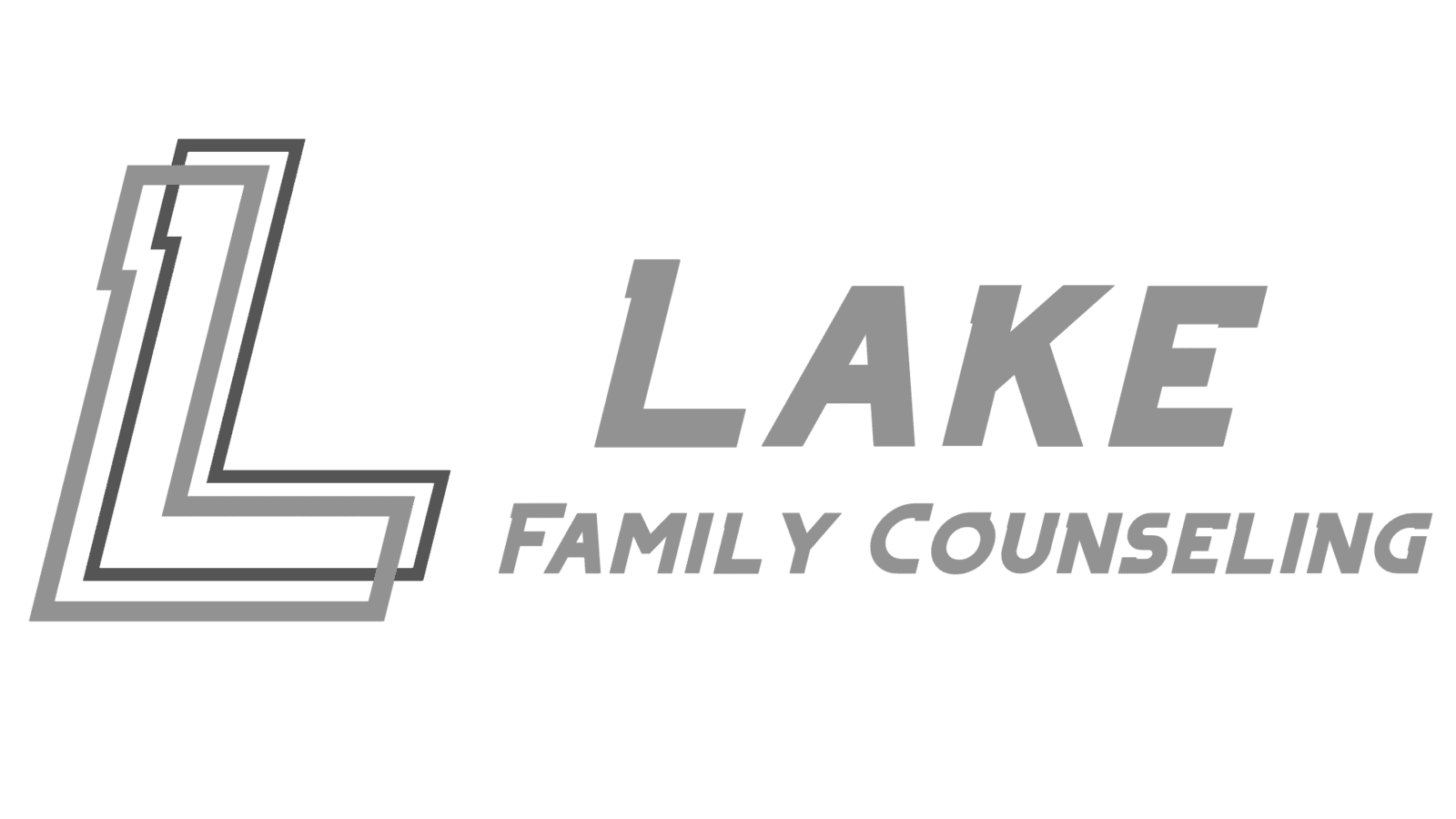Choosing Freedom Over Bondage
Introduction: Trauma and the Battle for the Mind
Trauma is more than an event—it is an experience that changes how the brain processes reality. For some, the memory of trauma feels permanently “stuck,” replaying without warning, as if the event were happening again in the present. This experience is a hallmark of post-traumatic stress disorder (PTSD), which research defines as a collection of symptoms that include intrusive memories, avoidance behaviors, negative changes in mood and thinking, and heightened arousal.
Theologically, Scripture reminds us that this “stuckness” is not just neurological—it is also spiritual. Jesus said, “The thief does not come, except to steal and kill and destroy. I came that they may have life, and that they may have it more abundantly” (John 10:10, MEV). Satan’s strategy is to keep people locked in destructive cycles. God’s desire is to bring healing, renewal, and growth.
Cognitive Processing Therapy (CPT), one of the most evidence-based treatments for PTSD, provides structured tools to break out of those mental traps. Interestingly, its principles align closely with biblical truths about renewing the mind and living in freedom.
How Trauma Keeps People Stuck
Trauma impacts the way the brain encodes and stores memories. Normally, the hippocampus helps situate memories in time and place—“that happened then, and I am here now.” The prefrontal cortex, which governs rational thought and judgment, helps regulate fear by calming the amygdala—the brain’s alarm system. But in PTSD:
The amygdala becomes hyperactive, constantly signaling “danger.”
The prefrontal cortex becomes less active, making it harder to rationalize away false alarms.
The hippocampus can shrink, causing trauma memories to lose their time-stamp and feel ever-present.
This neurobiological disruption explains why survivors often feel “stuck” in trauma, unable to move forward. CPT addresses these issues not through medication or avoidance, but through structured cognitive restructuring. Survivors learn to identify distorted beliefs (called stuck points), challenge them with evidence, and reframe them in healthier, more realistic terms.
Satan’s Strategy: Distorted Beliefs and Stuck Points
In psychological terms, stuck points are maladaptive cognitions—rigid, extreme, and inaccurate thoughts that block recovery. Common examples include:
“I should have prevented this.”
“I can never trust anyone again.”
“The world is completely unsafe.”
“I am permanently damaged.”
In spiritual terms, these are lies. Jesus identified Satan as “a liar and the father of lies” (John 8:44, MEV). Trauma may open the door to suffering, but Satan seeks to solidify it by whispering destructive narratives into a survivor’s mind. These beliefs become psychological strongholds, which Scripture tells us must be torn down: “For the weapons of our warfare are not carnal, but mighty through God to the pulling down of strongholds” (2 Corinthians 10:4, MEV).
God’s Path: Renewing the Mind
The goal of CPT is to help clients recognize distorted beliefs and replace them with balanced, accurate ones. This process mirrors Paul’s command in Romans 12:2: “Do not be conformed to this world, but be transformed by the renewing of your mind.”
For example:
Distorted belief: “I am to blame for what happened.”
Evidence-based reframe: “I did not choose for this to happen, and the responsibility lies with the perpetrator.”
Biblical reframe: “There is therefore now no condemnation for those who are in Christ Jesus” (Romans 8:1, MEV).
By consistently challenging distortions, CPT strengthens the prefrontal cortex’s ability to regulate fear responses, calms the amygdala, and allows the hippocampus to properly file trauma memories in the past. Spiritually, it aligns with learning to “take every thought captive to the obedience of Christ” (2 Corinthians 10:5, MEV).
Case Study: Elijah’s Distorted Beliefs
Elijah in 1 Kings 19 is a striking biblical example of trauma responses. After his confrontation with the prophets of Baal, he fled into the wilderness and prayed to die, saying: “It is enough. O Lord, take my life” (v. 4). Elijah believed he was utterly alone and powerless. His distorted thoughts reflected hopelessness and despair.
God’s intervention followed a pattern not unlike CPT. First, He addressed Elijah’s physical needs (food, water, rest). Then He gently asked Elijah to identify his beliefs: “What are you doing here, Elijah?” (v. 9). Finally, He reframed Elijah’s perception, revealing that thousands had not bowed to Baal. God corrected Elijah’s distorted belief with truth, empowering him to move forward.
Practical Steps: Integrating CPT and Faith
Identify a stuck point – Write down a recurring negative thought.
Evaluate its accuracy – What evidence supports or contradicts it?
Compare with Scripture – Does this belief align with God’s truth?
Reframe and replace – Craft a balanced statement rooted in evidence and Scripture.
Example: “I am permanently damaged” → “Trauma has affected me deeply, but I am being renewed day by day” (2 Corinthians 4:16).
Reflection Questions
What stuck points do you recognize in your own thinking?
How might challenging these thoughts change how you view yourself, others, and God?
Which Scriptures remind you of truth when distorted beliefs feel overwhelming?
Closing Thought
Trauma can trap the mind in destructive loops, but God’s desire is freedom. CPT provides structured psychological tools to challenge lies and reframe beliefs, while Scripture provides the foundation of ultimate truth. Together, they equip us to resist Satan’s traps and walk in renewed life.
This is the First post in an Eight Part Series entitled Healing the Mind and Heart: How CPT Helps with PTSD Through a Biblical Lens. Please be sure to get the whole story by reading each post. I pray they are an encouragement to you.
Post 1: Don't Stay Stuck - God's Path vs. Satan's Trap
Post 2: Understanding PTSD Beyond the Battlefield
Post 3: Why Our Brains Get Stuck in Trauma
Post 4: Quieting the Inner Alarm
Post 5 The Role of Beliefs in Trauma Recovery
Post 6: Natural vs Manufactured Emotions After Trauma
Post 7: The First Step Toward Healing – The Impact Statement
Post 8: Healing the Brain to Heal the Heart
Check back weekly for the next post.

